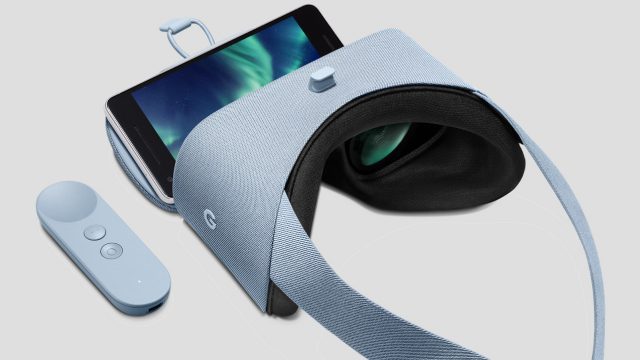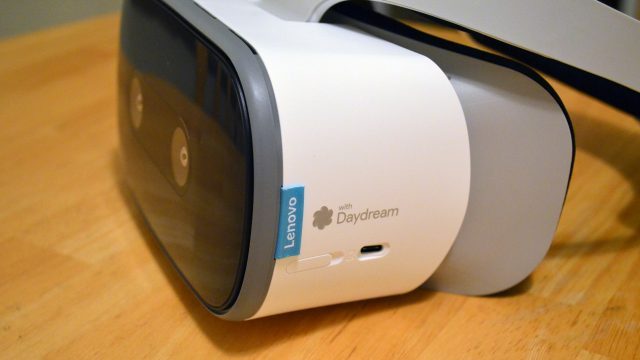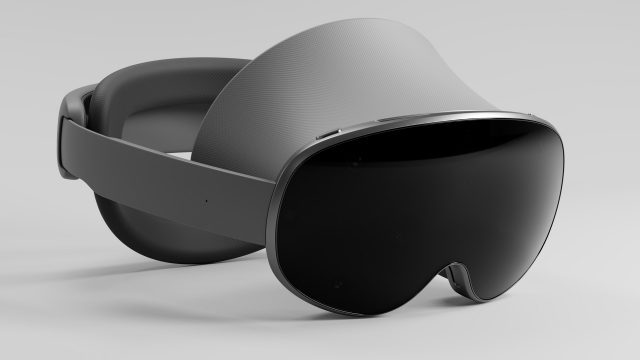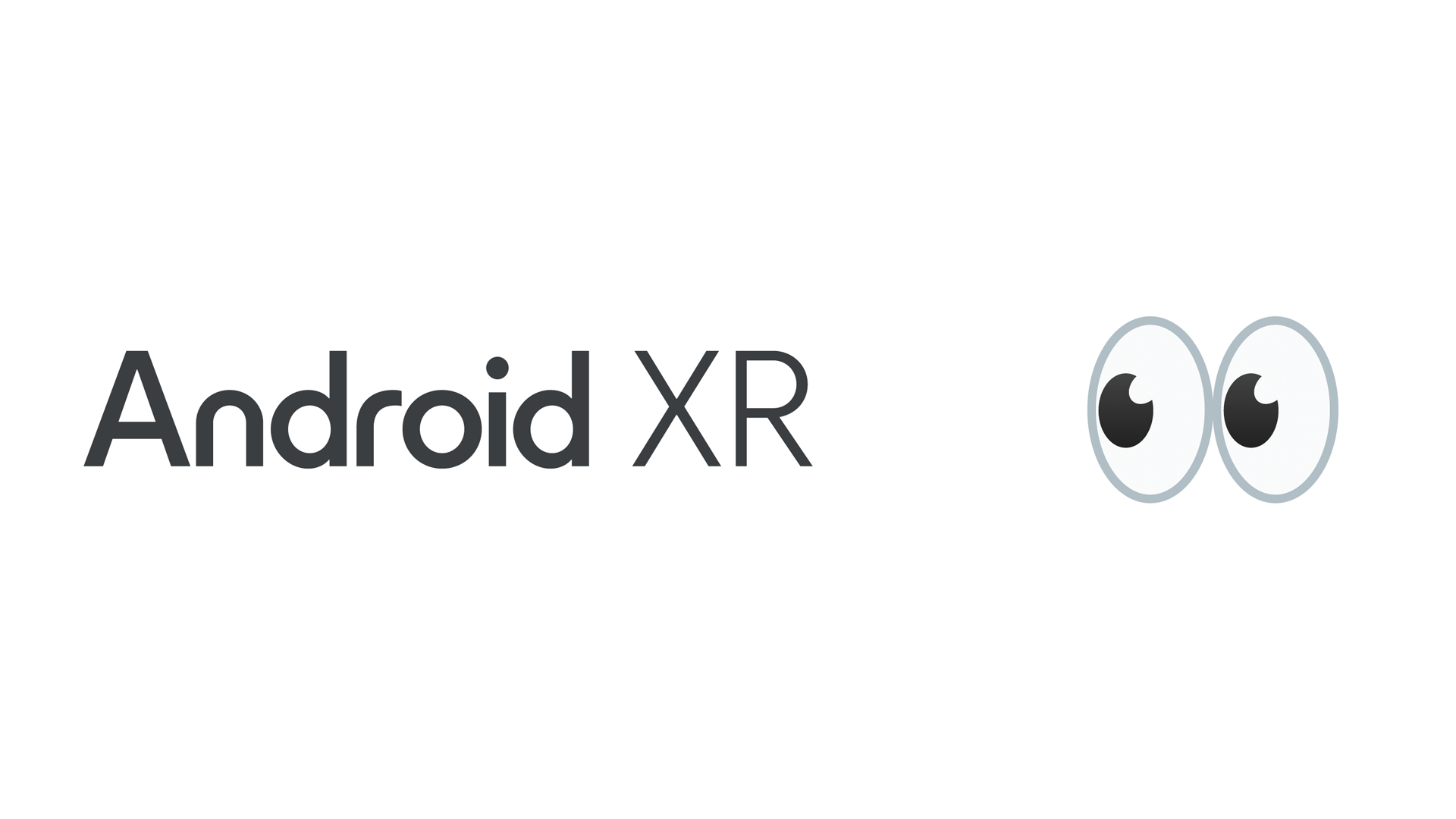Google’s announcement of Android XR last month was largely met with excitement, but there was a notable undercurrent of concern about Google’s long-term commitment to the platform. The company has a storied history of launching new products and platforms, only to drop them a few years later—often leaving third-party developers in the lurch.
Google has earned a reputation among third-party developers as a company that will tout the launch of exciting new platforms, only to cancel them unless they achieve breakout success.
The site Killed by Google maintains an active list of the company’s cancelled projects, currently totaling 296. While Stadia—Google’s short-lived cloud game streaming service—is probably the most recognizable example in recent years, the XR industry already has first-hand experience with the practice.
Google Daydream, announced back in 2016, was Google’s first attempt at entering the XR space proper. The company created the Daydream View headset in which Android smartphones could be inserted for a VR experience similar to Samsung’s Gear VR headset at the time. Third-party developers could build made-for-Daydream apps and distribute them via the Play Store right alongside other Android applications.

Over the next two years Google made efforts to refine Daydream View, including adding more supported phones, releasing an improved version of the headset, and even making one of the first 6DOF standalone VR headsets in partnership with Lenovo.

But little more than three years later the company killed the platform after it failed to achieve the ambitious adoption it had hoped for.
Google’s abandonment of the platform was surely a tough pill to swallow for third-party developers who had believed in the company’s vision and spent time and money building applications for the platform.
Now, five years later, Google is suddenly back on the scene with Android XR.

And while there’s certainly been excitement about the company’s return to XR, many developers have expressed hesitation about getting involved with the platform. The saying “fool me once…” could hardly feel more relevant.
So we asked Google about these concerns directly. A spokesperson for the company shared the following:
- We’ve been investing in this category for over a decade and we are fully committed to Android XR. While the platform is new, you can see the work we’ve done over the years in products like ARCore, Live View in Maps, the Geospatial API, Google Lens and more. We’re excited to work with the community to build a thriving XR ecosystem like we do for phones, TV, Auto and Wear.
- AI has been a long-term investment area for Google and we believe XR headsets and glasses are a great form factor for Gemini’s multimodal, conversational capabilities.
- We’re making sustainable and scalable investments for developers. For example, we’ve worked hard to enable all compatible 2D Android apps from the Play Store to work on our platform from the start with no effort from them. We’ve also built XR capabilities into the developer tools Android developers already use. By partnering with Unity and focusing on open standards like OpenXR, we’re providing a clear path for immersive experience developers to easily take advantage of our platform.
- Additionally, while we cannot share specific details, we’ve provided support to some of our partners for development ahead of the Android XR announcement. We’re exploring more ways to support our developer community as we prepare for the official release, and we’ll share more when we are able to.
During an interview with Road to VR last month, Google’s VP of XR, Shahram Izadi, also acknowledged that the company has work to do to regain the trust of developers.
“Number one, I think you’re right, there’s trust to be built with developers. You know with Daydream and Gear VR before that, there’s been some stops and starts. We never sort of disengaged with this community and this industry,” said Izadi. “ARCore is a good example of us kind of just continuously pushing and wanting to have developers onboarded with the promise of going from smartphone to headsets and glasses in the future. So one difference, I think, is the fact that [Android XR is a main branch of Android, not just a layer on top like Daydream]. It’s an Android vertical.”
Izadi further highlighted the buy-in of Samsung and Qualcomm as close-knit partners on Android XR.
“You then layer in Samsung and their connection to this, and Qualcomm and their connection to this, and the fact that they’re migrating Snapdragon Spaces and Android XR together. There’s kind of a developer reach that we’re starting to establish that shows our commitment to developers. The second piece, I think, is just making really simplifying the developer flow. So whether it’s onboarding developers from the Unity and OpenXR side, just being kind of respectful of the VR developers that are out there, and ensuring that they have an on-ramp,” he said.
“And then on the Android side, flat [apps] are kind of the stepping stone, the sort of gateway… [after that, expanding flat apps to take advantage of spatial] is the next step. […] once you start to spatialize your app, we [spent time making it easy for developers] to do things like add environments, add 3D objects, etc. So, I think all of these things will come together to show that we’re trying to do things differently and that we’re committed to this space,” Izadi told Road to VR.
It remains to be seen whether these remarks will build confidence among developers, but one thing is certainly clear: buy-in from third-party developers is an essential ingredient for any platform, and Android XR will be no different. Google will also be competing for developers against the likes of Meta and Apple, both of which need a critical mass of great valuable third-party XR apps to succeed in the long term.
,
